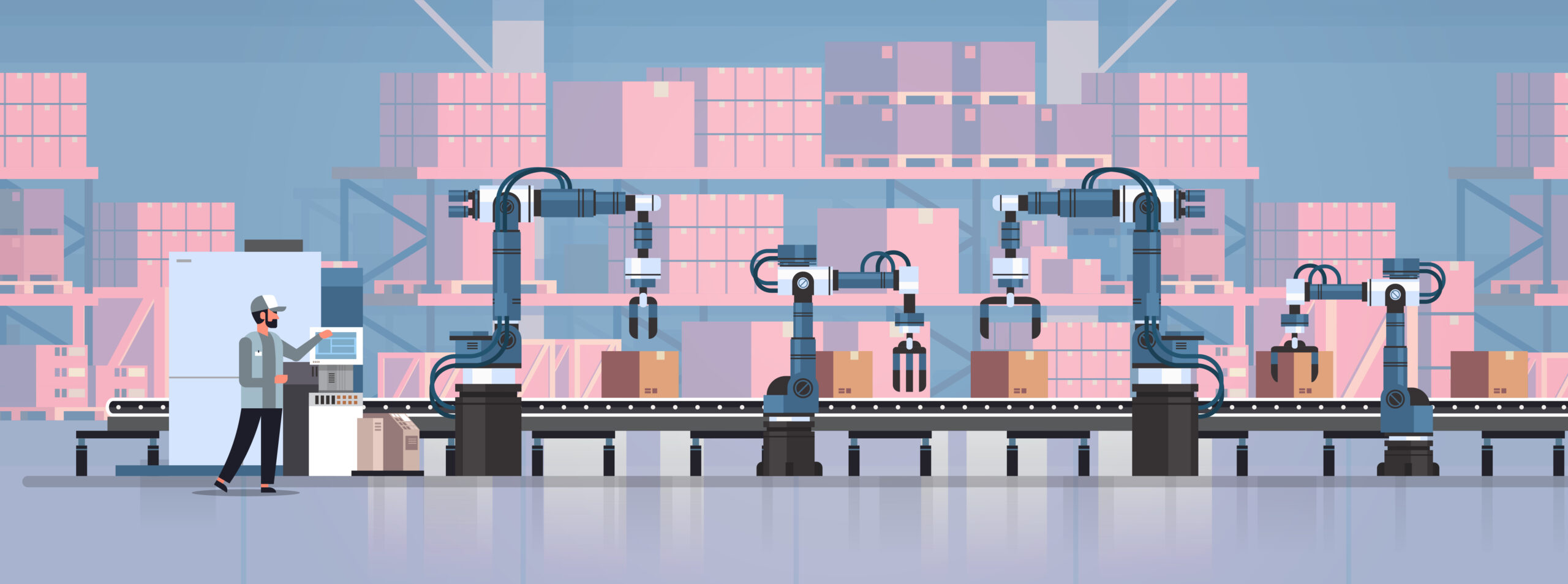
Collaborative robots: Optimum use of human resources
When it comes to optimizing the use of resources such as energy, raw materials, and equipment, implementing automation offers many opportunities. Automation provides more efficient and accurate production, which will quickly result in less waste and resources that last longer.
Another type of resource is the human kind. It is increasingly difficult for companies to attract and retain the necessary and qualified workforce. This is another situation in which the robots can come to the rescue. Collaborative robots (cobots) can, for example, handle work tasks that are tiring or monotonous. Thereby, the employees are not worn out by heavy tasks. On the contrary, it gives employees more value-creating tasks that the robots cannot handle.
A cobot is flexible and scalable, which gives the advantage that it can easily be adjusted to a different task, as well as inserted into complex flows. If production is reorganized or the facilities are changed, the cobot can therefore easily be adapted without additional investment.
Improved recycling of valuable resources
Robots can be used to handle dangerous and potentially dangerous products or waste, which, in addition to a more efficient handling, also results in lower risk for employees, as they do not need to come into contact with the dangerous products. Thus, the risk of occupational accidents are minimized.
Waste can be recycled to a greater extent using robots rather than manual processes. For example, in the building and construction sector, the quality of waste sorting and the proportion of recycled material have great potential for the bottom line and the environment. Using artificial intelligence (AI) and camera technology, the sorting of construction waste can be automated. Next, robots can be used to clean the used materials, increasing the amount of building materials that can be reused.
Should your company get better at reducing waste?
Through better utilization of resources, combined with increased traceability and better recycling of materials, you can minimize a great deal of waste. In production, automation, for example in combination with inspection cameras and robots, can be used to identify and sort out defective or incorrect products. It will be both more efficient and more correct than when using manual processes. In addition, you will quickly become aware of where any errors are, so that the production equipment can be adjusted, and you can minimize the amount of waste from incorrectly produced goods.
Less pollution
With robotics, chemical processes can often be replaced by mechanical ones. For example, cleaning tasks can be automated, where a cleaning robot can clean all night and through knuckle grease eliminate or reduce the use of chemicals.
Robotic technology can also make a difference in agriculture. Intelligent robots can use GPS tracking to reduce both water and chemical consumption. It will make organic farming more efficient and drastically reduce the amount of pesticides in conventional farming, which contributes to less environmental impact and cleaner food. For an additional energy saving, robots can be powered by solar cells or another clean energy source, which also contributes to the green transition.
Your first step towards better recycling
When it comes to optimizing the use of resources, there are many ways to go. Through automation, you can streamline several processes and give the entire company an environmental upgrade that keeps you ahead of the market.
So how does automation make your business more sustainable? Get an idea from a non-committal advice from us.
